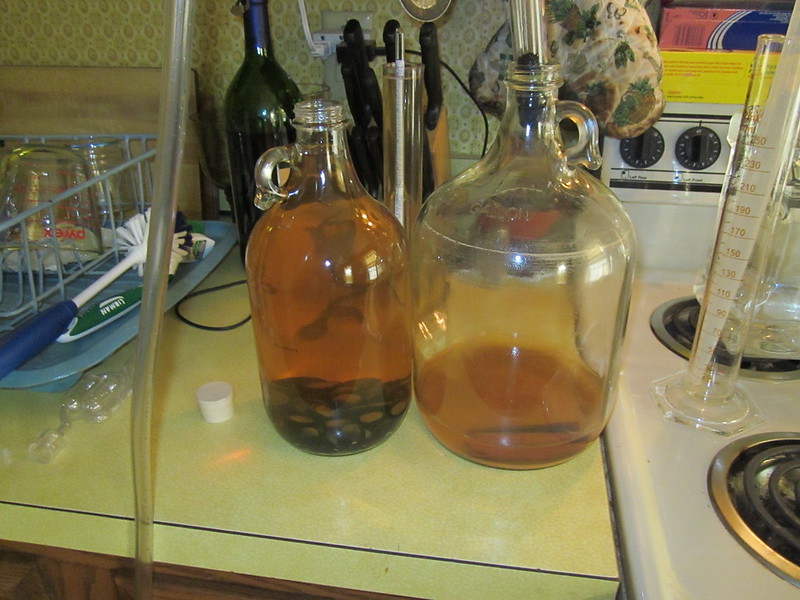For both primary and secondary fermentation, I use glass jugs that hold a little more than a gallon - dumping a gallon of apple juice leaves headspace, which is nice for primary because it can contain the bubbles but leaves excess oxygen in secondary (which I've heard can impact the final flavor). I am curious how people typically handle this problem.
Do you add more liquid when racking, increasing the volume? If so, what do you recommend that wouldn't restart fermentation or make the cider watery? Or do you rack into several smaller containers? A third option that I can think of is adding more than a gallon in primary, leaving little headspace, but this would cause the bubbles to creep up into the airlock (which doesn't seem sanitary).
I'm curious to hear from you!
Do you add more liquid when racking, increasing the volume? If so, what do you recommend that wouldn't restart fermentation or make the cider watery? Or do you rack into several smaller containers? A third option that I can think of is adding more than a gallon in primary, leaving little headspace, but this would cause the bubbles to creep up into the airlock (which doesn't seem sanitary).
I'm curious to hear from you!



